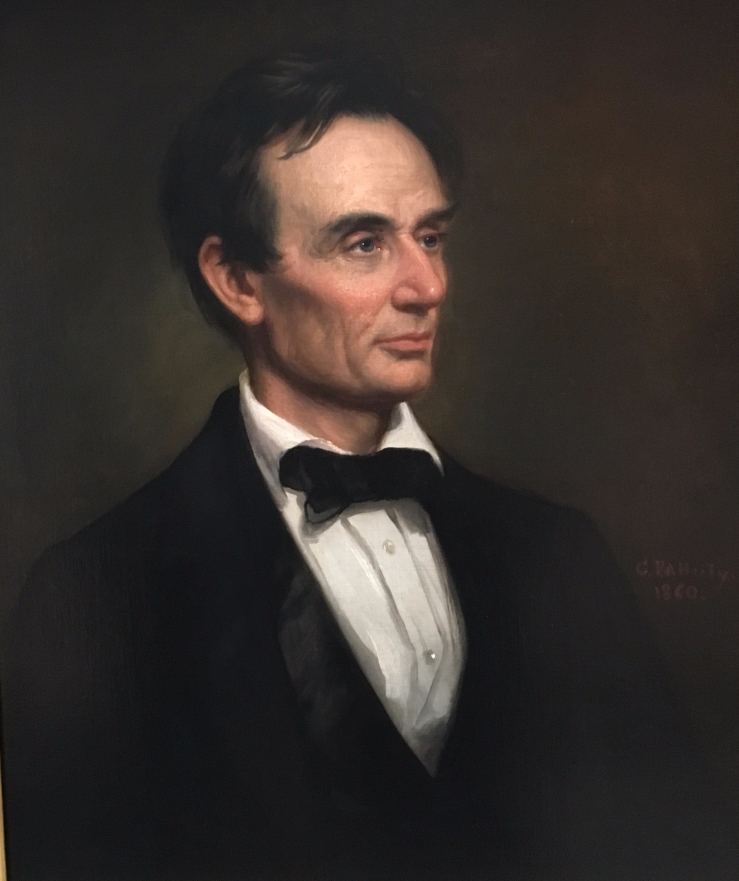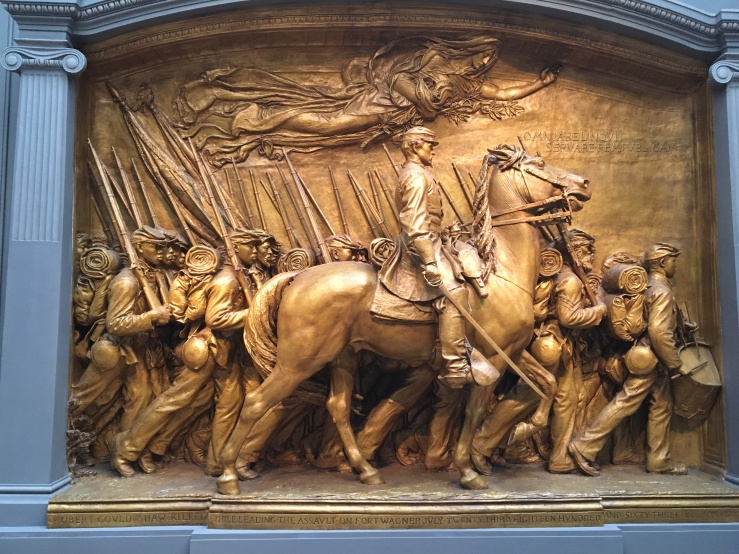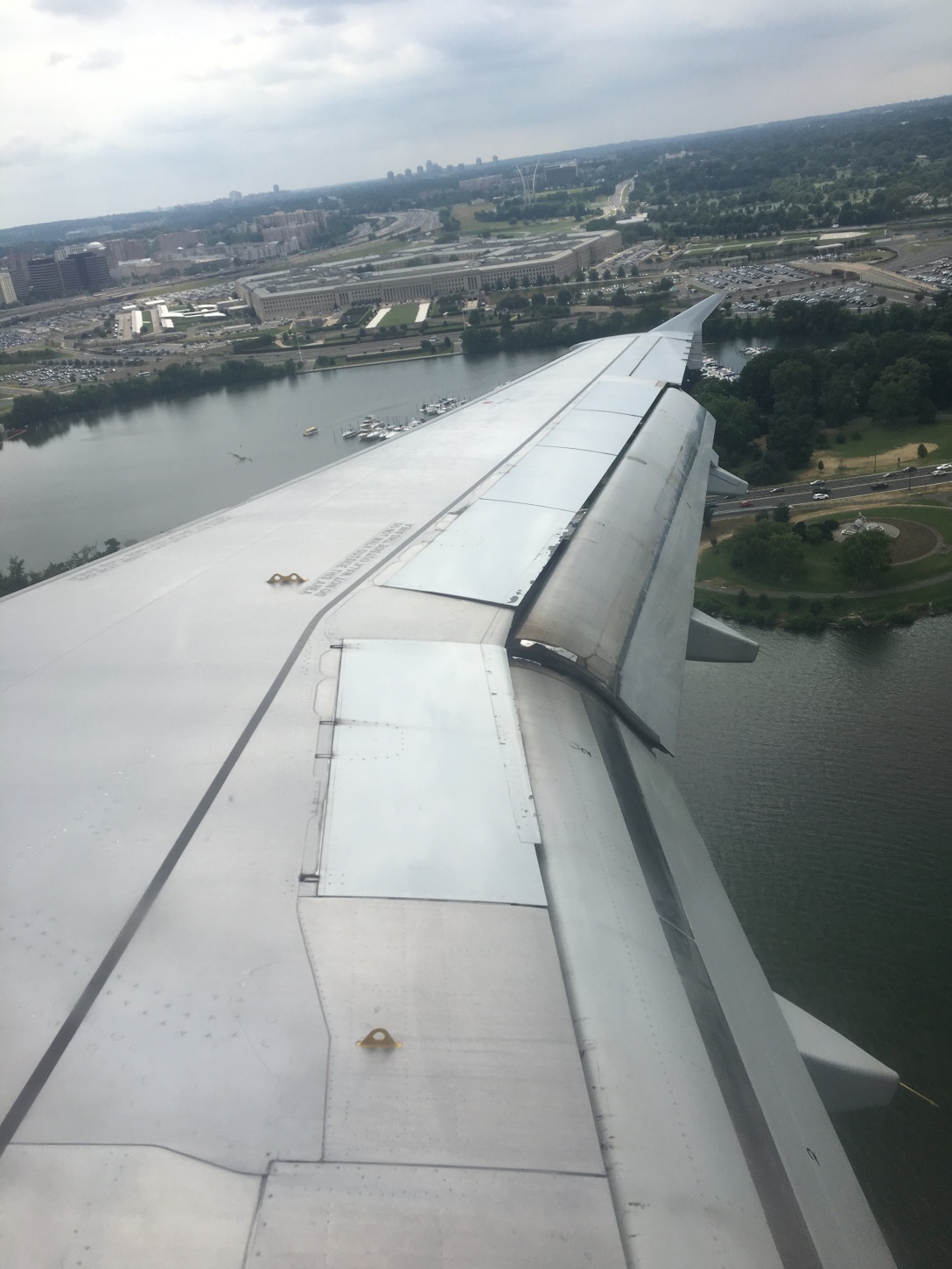die Haupstadt
I had never thought about it.
And even despite the fact that in my younger days I visited Mexico City, I truly had never given further consideration to the idea, the locale, the topography, to any of it really, to all the asides and accompaniments to that particular idea—or essence of one.
It’s something that happened.
It could be called a reward of sorts—though the reality is that it’s a position to be fulfilled which took me there—, the fact of it having happened twice now with a potential third time in the mid-term future (not too distant, not too close).
I’m talking about my visits to Washington D.C., the capital, land of democracy, congress, senate and the separations of power.
Or so the American legends go…

The circumstances of the trip itself are derived from my decision of returning to school (after a 10 year hiatus in my studies), but that decision and everything that followed, elicits different feelings to those that I had after visiting “the shrine of American democracy”—maybe I’ll expand my thoughts regarding said feelings, the back to school ones, on some other time.
Granted, the current political climate and circumstances are much different to those of a year ago, when I ventured on my first trip to D.C., but the feelings that such a place stirred within me remained the same (much like the hot, humid atmospheric climate was the same).
When you lay your eyes on the city itself, you realize it’s made and designed to be imposing and even majestic, some would argue: The streets crisscrossing each other in one-way directions, the even-heighted architecture, the sobering reality of interests and counter-interests embodied in competing embassies that stand tall against each other, and, of course, there’re the monuments.
Yes, the monuments, memorials, parks, plaques and remembrances to historical figures—heroes some call them—who contributed to the development of this nation: presidents, warriors, politicians, and, sparsely, the regular men and women who carried the weight of a nation on their backs, either in freedom or servitude.
Last year I visited more of them than this year, last year I stood before the memorial to Abraham Lincoln, I stood before and walked the edges of the reflecting pool that stands between memorials and before the Romanesque pillars that enshrine the statue of he who is known to posterity as “honest Abe”.
And it was thanks to him and his memory that I felt it. I felt that connection, that feeling, that longing to say: “I too am an American, I descend historically from you great sir and my life will now be forever devoted to the historical essence of greatness that you have gifted your children; all of us, citizens of this nation”.
But I remained silent, reading his words—tinged with indelible greatness—such as they were, carved at each side of his towering stone effigy.
I also walked the semi-circles that memorialize those members of “The Greatest Generation” who were lost forever, either in the islands of the Pacific, or in the fields of Europe or Africa. There, among all the names, must lay a friend, an acquaintance, a known person to the man who would in time become my grandfather, he who fought and survived were others were unable.

But that was then. Now we celebrated peace, the greatness of humanity, the greatness and divinity of human imagination. We celebrated art.
I must make it clear, again, that it was in effect a working visit to the nation’s capital more than anything else; but still, we were rewarded with a visit to the National Gallery of Art—place I had never visited before.
It had quite the effect on me.
From the gorgeous architecture of the building itself, to the niches, domes and rotundas inside, to the second-floor gardens and fountains, to the art contained therein, to Molly our #MuseumHack guide, to the group of people with whom I walked the streets—and shared Uber and Lyft rides—, to the enormity of the National Mall and the museums, offices and specific departments of this nation’s government surrounding the museum. It was awe inspiring, daunting, and invigorating.
Of course, it could also be that since I was with a group of students (albeit younger, much younger than me) who voiced agreement to some of my ideas, who voiced a concern for the future, who voiced a love for the intellectual and scholarly pursuits on top of the want to better the reach of our organization’s members—since, after all, that was the purpose of my visit—; that may have also shaped the sentiment and the way I processed and understood all of what I saw before me.
The man-made capital of a nation who professes not perfection, but an experiment in evolution, an experiment of a “more perfect union”—this implying that perfection has NOT been achieved.
It could also be that since it was my second time around the feelings of being out of place, of being alien to everything had somewhat dissipated from my worrisome inner self.
It could be that standing before the turn-of-the-century brick buildings that are now gastropubs, I saw the passage of time; caring not for the memories of the long forgotten hands that shaped those places, brick by brick.
It could be that standing before the portraits of presidents long-forgotten, of wars that never should’ve been fought, I saw the blood-lines of my own family; scurrying down time and human divisions, until they come to rest and shape the imperfect being that I am, now carrying that blood and their memories.
The reality is that it could have been so many other things and there could have been an infinity of variables; or there could’ve been none of those things and maybe there couldn’t have been a single reason or variable to make me feel what I feel and be who I am.
But, no matter the reasons, it was. And I was—both there, in the location, and in action/existence.
I took part of it and even to those whom I look up for inspiration or guidance, were also acknowledging of what I have done and they haven’t. And part of it, was also taken with me, forever.
So yes, I was there. In the capital, in the streets, in the museums, I lived and breathed the air of a different city. I saw and felt the breeze streaming through the Potomac River. I gazed and took in all the symmetrical constructions around me.
And, in the end, I came back; from one city to another, from the capital to my home. With the knowledge that I had changed, just as much as both cities had since before my time, during my time, and just like they will also change, much after I’m gone—always searching that more perfect status, always in constant movement.


